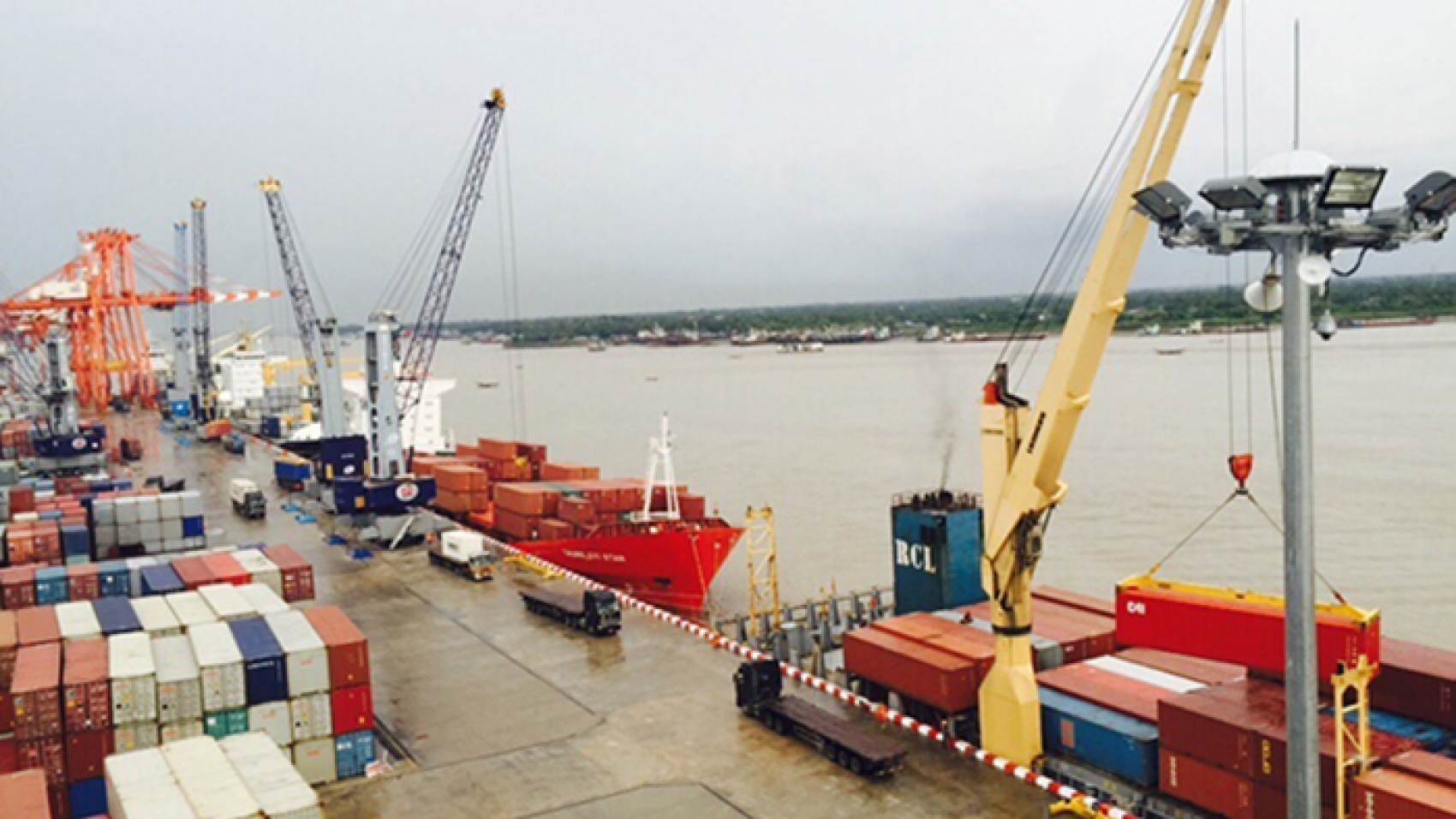Myanmar’s trade gap widened to over US$754 million between 1 April and 17 March of the current financial year 2022-2023 compared to the year-ago period. Higher exports and lower imports resulted in a trade surplus of $524 million in the corresponding period of the 2021-2022 FY, according to data provided by the Ministry of Commerce. While exports were estimated at $15.95 billion, imports were valued relatively low at $16.7 billion over the past 11 and half months. Compared to the FY 2021-2022, exports showed an increase of over $1.368 billion, while import value was up by $2.647 billion.
Myanmar aimed to achieve an export target of $15.5 billion and an import target of $14 billion for the 2022-2023 FY, totalling U$29.5 billion, according to the 2022-2023 Financial Year Budget. Myanmar’s external trade this year amounted to $32.659 billion as of 17 March this FY, which soared from $28.642 billion. The figures indicated a sharp rise of over $4 billion compared to the year-ago period. Myanmar’s maritime trade value edged up to $24.48 billion this FY from $21.359 billion recorded in the same period last year.
Similarly, the country witnessed an increase of $894.75 million in border trade as the cross-border posts with the main trade partner China was reopened. Myanmar exports agricultural products, animal products, minerals, forest products, and finished industrial goods, while it imports capital goods, raw industrial materials, and consumer goods. The country’s export sector relies more on the agricultural and manufacturing sectors. The Ministry of Commerce is trying to reduce the trade deficit by screening luxury import items and boosting exports. The country mainly imports essential goods, construction materials, capital goods, hygienic materials and supporting products for export promotion and import substitution.
Source: The Global New Light of Myanmar

